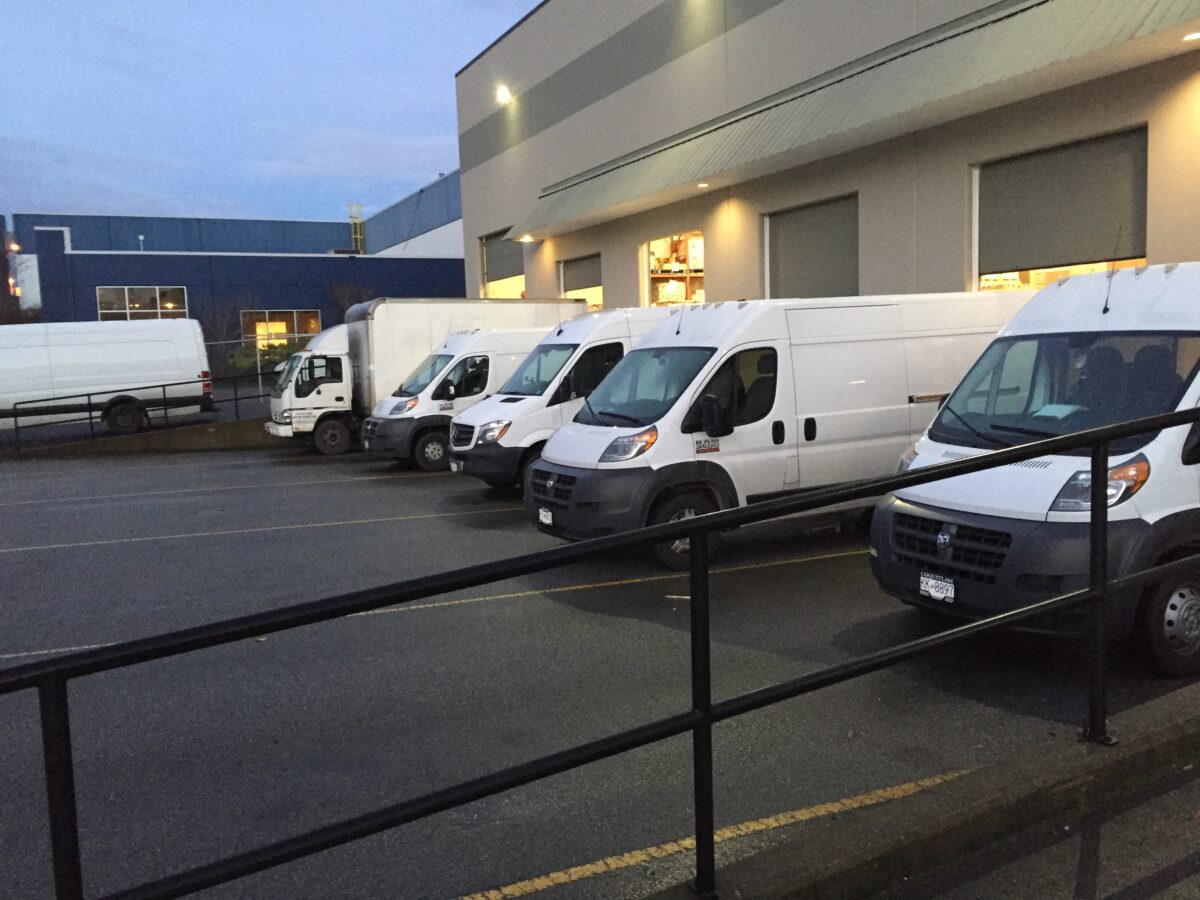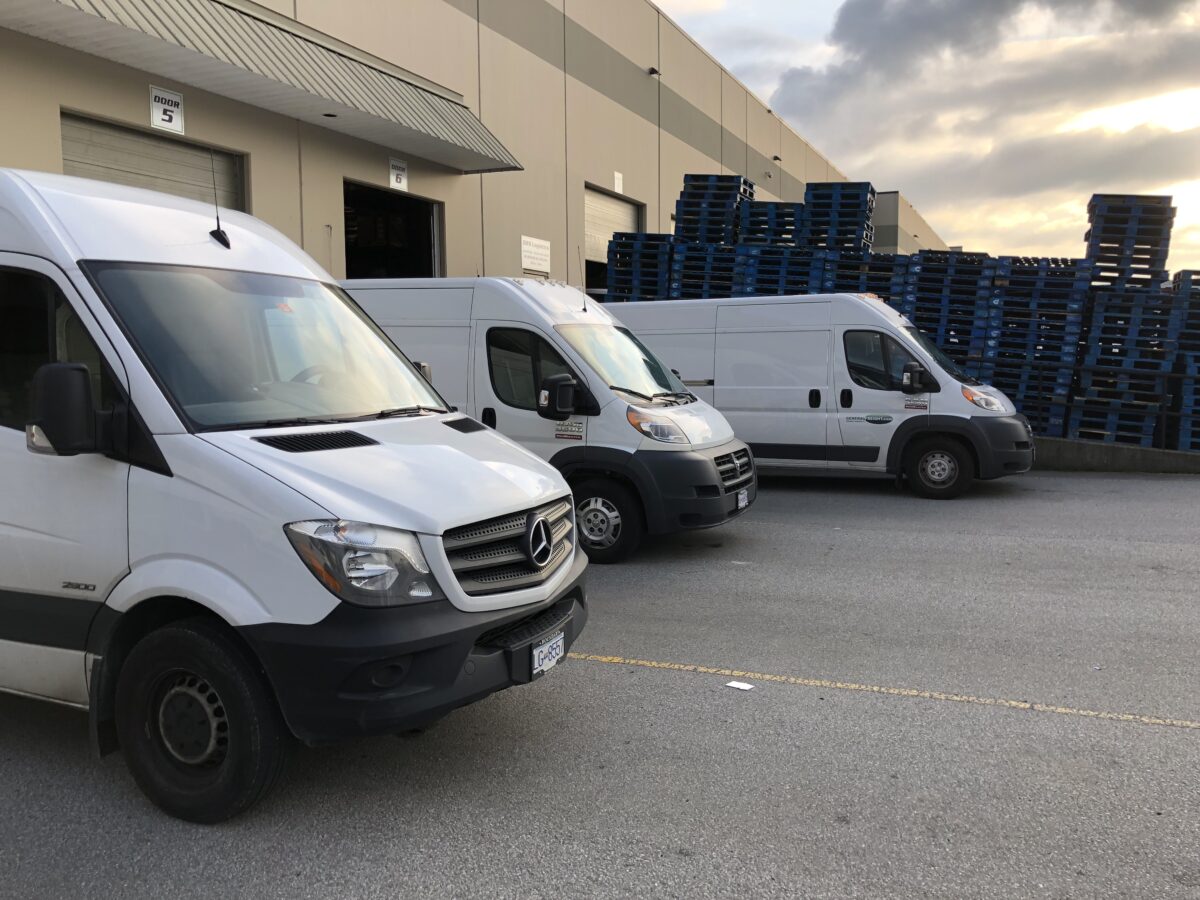Introduction:
The delivery courier industry in Canada has been undergoing significant changes. With the rapid rise of e-commerce, advancements in technology, and growing demand for sustainable solutions, businesses across the country are adapting to stay competitive. Whether you’re a courier company or a business relying on deliveries, staying informed about these changes is essential.
In this blog, we’ll explore the latest trends, news, and innovations shaping the Canadian delivery courier landscape.
1. E-Commerce Boom Driving Demand for Couriers
Canada’s e-commerce market has exploded in recent years, with online shopping now accounting for a significant portion of retail sales. According to Statistics Canada, e-commerce sales grew by over 75% during the pandemic and remain strong today. This growth has created unprecedented demand for reliable courier services to keep pace with consumer expectations for fast, affordable, and convenient delivery.
2. Same-Day Delivery on the Rise
Same-day delivery is no longer a luxury—it’s becoming the standard. Major players like Amazon and local courier companies are expanding their same-day delivery options in urban centers to cater to customers who want their products faster than ever. For businesses, this means partnering with courier services that offer agile, time-sensitive solutions.
3. Sustainability Taking Center Stage
With a growing focus on environmental responsibility, courier companies are adopting eco-friendly practices to reduce their carbon footprint.
• Electric vehicles (EVs) are becoming more common in urban fleets. Canada Post recently announced plans to integrate more EVs as part of its sustainability goals.
• Some companies are exploring carbon offset programs and offering “green delivery” options for environmentally conscious consumers.
4. Advances in Technology Transforming Operations
Technology is revolutionizing how courier companies operate. From automation to AI-powered systems, here are some of the key innovations making waves:
• Real-Time Tracking: Customers now expect detailed tracking updates, allowing them to monitor their packages from dispatch to delivery.
• AI and Route Optimization: Algorithms are being used to optimize delivery routes, cutting down travel times and fuel usage.
• Delivery Drones: While still in its early stages, drone delivery pilots are being tested across Canada, particularly in remote areas.
5. Challenges in the Industry
While the courier industry is evolving rapidly, it’s not without its challenges:
• Labor Shortages: Many companies are struggling to find skilled drivers and couriers to meet the increasing demand.
• Rising Costs: Fuel prices and inflation are impacting delivery rates, forcing businesses to find creative ways to stay competitive.
• Urban Congestion: In major cities like Toronto and Vancouver, traffic and limited parking are complicating delivery logistics.
6. Opportunities for Small and Local Courier Services
While large companies dominate the national stage, small and local courier businesses are thriving by offering personalized service, flexibility, and niche solutions. Many small couriers are focusing on same-day deliveries, local partnerships, and innovative services to compete with industry giants.
Conclusion:
The delivery courier industry in Canada is experiencing rapid change, presenting both challenges and opportunities. Whether you’re a courier company or a business looking for delivery solutions, staying ahead of these trends is crucial.
At GENERALFREIGHT.COM , we’re keeping up with these changes and offering modern solutions to meet your business’s needs. Contact us today to learn how we can help your business stay competitive in a fast-changing industry.
, we’re keeping up with these changes and offering modern solutions to meet your business’s needs. Contact us today to learn how we can help your business stay competitive in a fast-changing industry.








